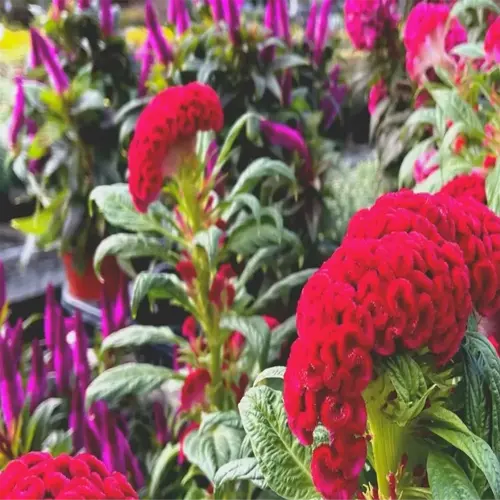Is fall fertilization necessary for new grass?

Written by
Tina Carter
Reviewed by
Prof. Charles Hartman, Ph.D.Fertilizing in the fall is a must for establishing the new grass. Young turf grasses do not have deep enough roots established to withstand the stresses of winter. A starter fertilizer that is higher in phosphorus (such as 12-25-10) builds root mass and I've seen clients put down new sod, and then apply starter fertilizer 4 weeks later, and it is successful, even in the higher frost areas.
Key Fertilizer Components
- Phosphorus (middle number) boosts root cell division
- Potassium (last number) enhances cold tolerance
- Avoid >10% nitrogen to prevent frost-susceptible growth
- Iron supplements improve color without excessive growth
Application Timing
- Cool-season grass: Apply 6 weeks before first frost
- Warm-season grass: Fertilize 4 weeks before dormancy
- Northern zones: Target September 15-October 15
- Southern zones: November 1-December 1 window
Phosphorus restrictions need to be considered, it is only restricted to 12 states. You always want the soil to be tested first. I had a client in Minnesota who avoided a fine because her soil test showed there was sufficient phosphorus and used a 10-0-20 winterizer. Organic fertilizers are just as effective but have to be put down earlier so they slow release.
Safety is important. New grass can burn off easily, which is why for new grass or overseeding, I use water-soluble fertilizers immediately after application. I use rotary spreaders to evenly distribute the product without overlaps. Pets need to stay off for 72 hours after application. A puppy neighbor of mine stayed away from the chemicals because his owner kept the flagged safety zones.
Read the full article: 10 Expert Fall Lawn Care Strategies for a Lush Yard

